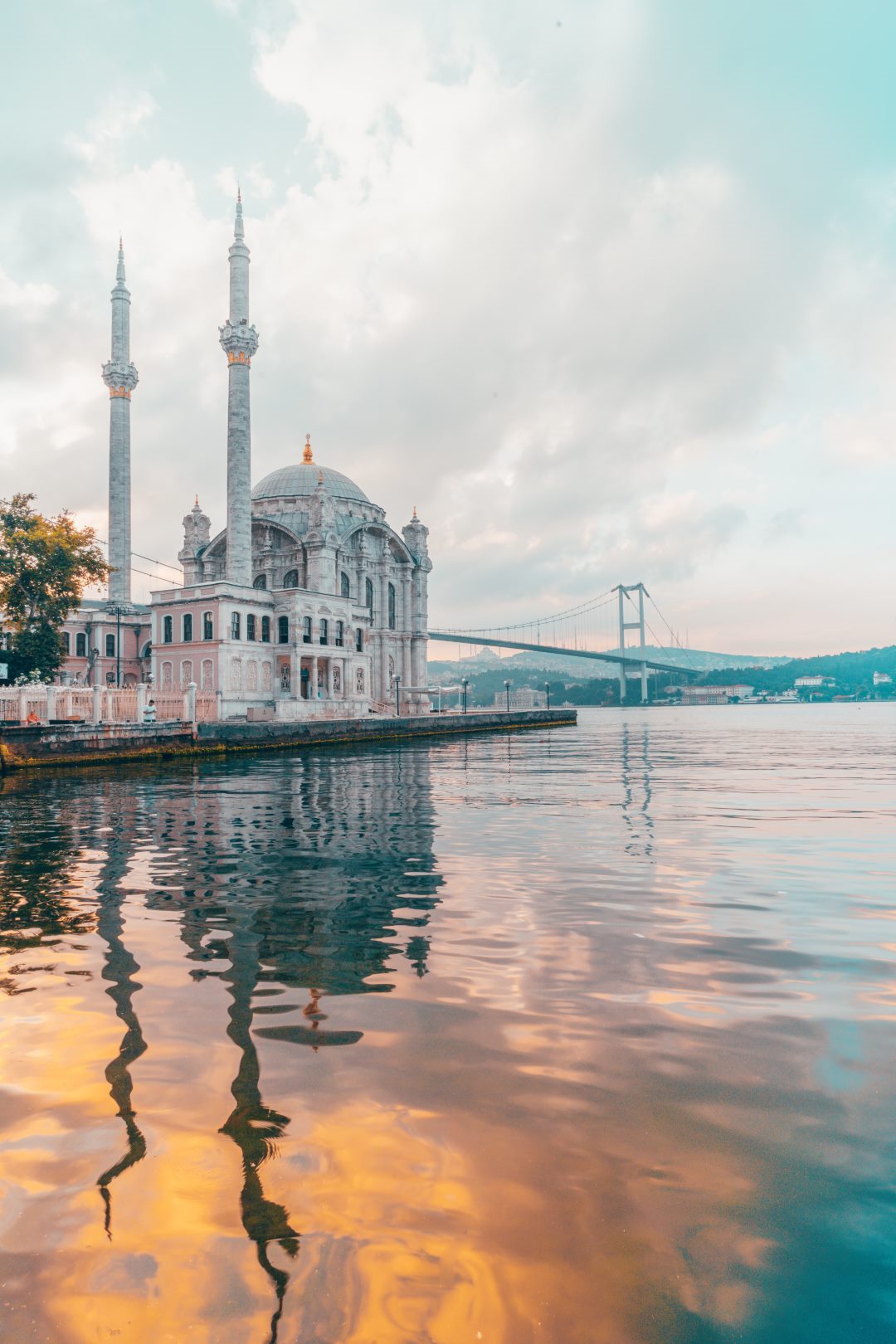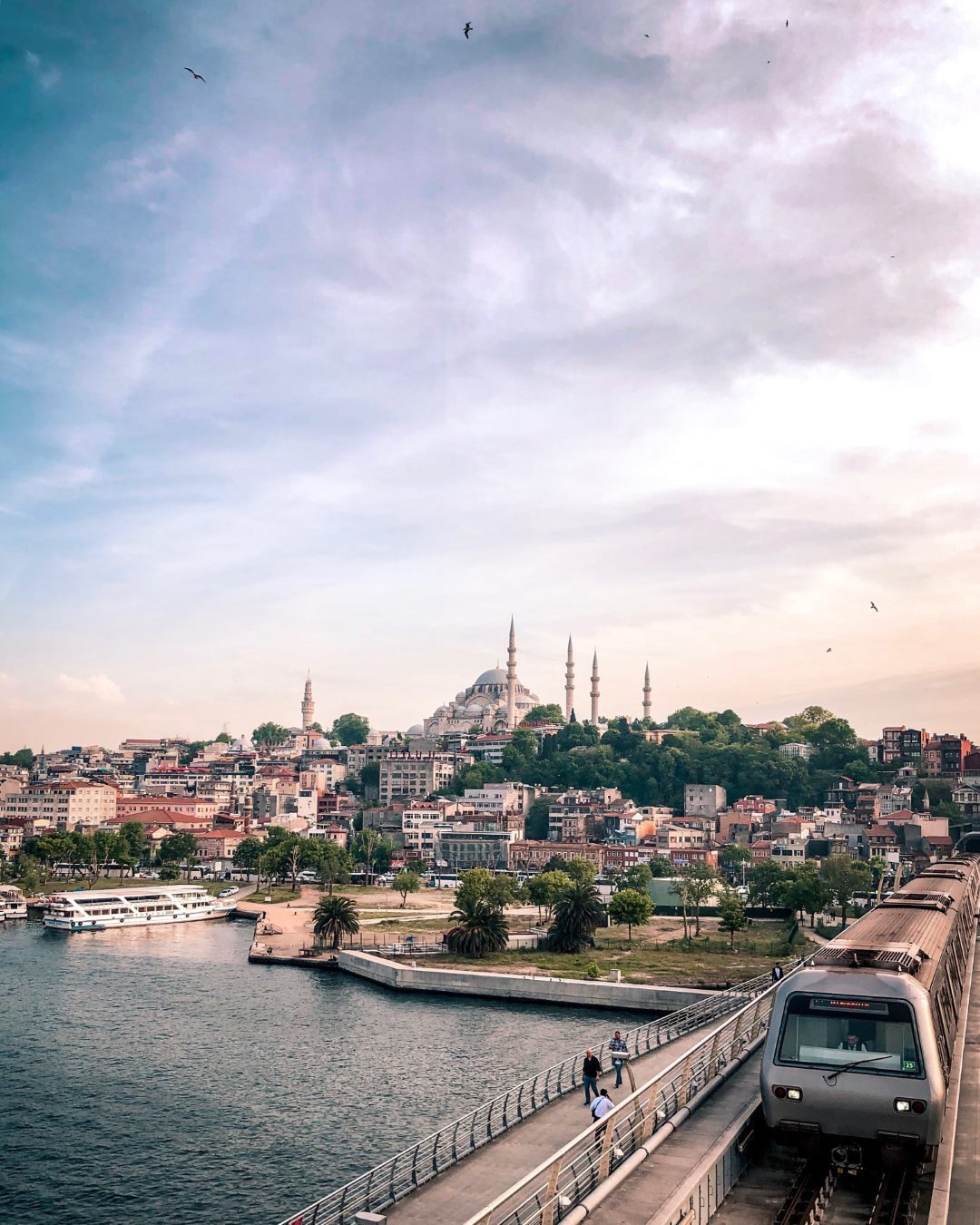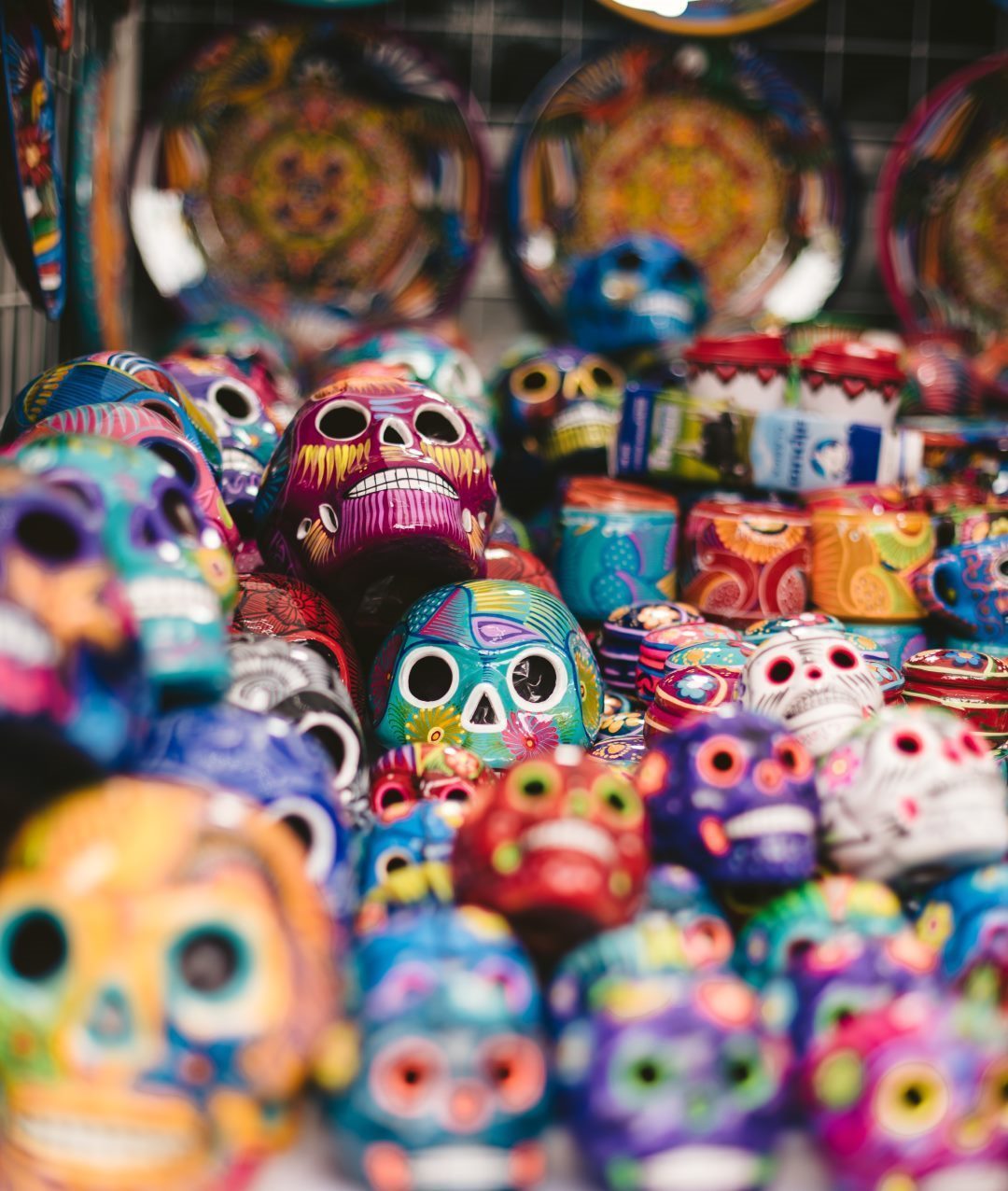How to Plan Your Traditional Turkish Bath Experience in Istanbul
If you’re planning a trip to Turkey, there’s one thing you can’t miss out on: a traditional Turkish bath or hammam. Istanbul, the cultural and historical heart of Turkey, is home to some of the best Turkish baths in the country, offering a unique and relaxing spa experience you won’t find elsewhere. In this blog post, we’ll guide you through everything you need to know to plan your Turkish bath experience in Istanbul.What is a Turkish Bath?
The Turkish bath, also known as hammam, is a centuries-old tradition in Turkey that’s still popular today. It’s a public bathhouse where people of all ages and genders come to relax, socialize, and get cleaned. In a traditional Turkish bath, there are separate sections for men and women, each with a steam room, washroom with heated marble slabs, and plunge pool. The process involves spending time inside the steam room to open up pores, getting washed and scrubbed with a special soap, then receiving a massage.What to Expect During Your Turkish Bath Experience?
A typical Turkish bath experience involves several steps that you should prepare yourself for. Here’s what to expect: 1. Arrival and check-in: Upon arrival, you’ll be welcomed by the staff and given a locker to store your belongings. You’ll then be escorted to the changing area, where you’ll change into traditional cotton bathwear. 2. Steam room: After changing, you’ll enter the steam room, where you’ll relax and sweat for several minutes. The steam room is usually hot and humid, and it’s meant to open up your pores and prepare your skin for exfoliation. 3. Washroom: Next, you’ll be taken to the washroom, where you’ll lie on a heated marble slab and be washed with a special soap. The attendant will use a rough mitt to scrub your skin and remove dead cells, leaving your skin feeling soft and smooth. 4. Foam massage: After washing, you’ll get a foam massage using a special cloth that produces a thick lather. The foam is made of soap and water, and it’s applied to your skin using circular motions. 5. Oil massage: The last step is an oil massage, which is designed to relax your muscles and leave you feeling rejuvenated. The masseur will use aromatic oils and apply pressure to different parts of your body, relieving any tension or soreness.Booking Your Turkish Bath Experience
To fully experience a traditional Turkish bath in Istanbul, we recommend booking a guided tour with a local operator. These tours usually include hotel pickup and drop-off, all entrance fees, and a full Turkish bath experience, including a sauna, foam bath, body scrub, and oil massage. One of the best options available on GetYourGuide is the Traditional Turkish Bath: Foam Massage, Oil Massage & More tour. This tour includes all the features mentioned above, along with hot stone therapy and tips for driver (not compulsory), making it a great value for money. Book the tour here: book here.Tips for Your Turkish Bath Experience
Here are a few tips to make the most of your Turkish bath experience: – Arrive early to give yourself time to change and relax before the treatment. – Bring a swimsuit or extra underwear to wear under the traditional cotton bathwear. – Don’t shave or wax before the treatment, as your skin may be sensitive. – Drink plenty of water before and after the treatment to stay hydrated. – Bring some extra cash to tip the masseurs and attendants who provide the service.Book Your Tour Now
A traditional Turkish bath experience in Istanbul is a must-do activity for anyone visiting Turkey. With this guide, you’re now equipped with all the information you need to plan and book your Turkish bath experience. Remember to book in advance, arrive early, ask any questions, and relax and enjoy the unique experience of a traditional Turkish bath.
Frequently Asked Questions about Istanbul
1. What is Istanbul?
Istanbul is a city situated in Turkey, straddling the continents of Europe and Asia. It stretches along the Bosphorus Strait, which separates the two continents, and has been the capital of three empires over the centuries. As a result, Istanbul boasts a rich history and is one of the most popular tourist destinations in the world.
2. What is the best time of year to visit Istanbul?
The best time to visit Istanbul is during the spring (March – May) or autumn (September – November) when the weather is mild and the crowds are smaller. Summers can be very hot and humid, and winters can be chilly and wet, but each season presents a unique charm.
3. What are some popular tourist attractions in Istanbul?
Istanbul is home to many famous and historical landmarks that attract millions of tourists every year. Some of the most popular tourist attractions include:
- The Blue Mosque (Sultan Ahmed Mosque)
- Hagia Sophia
- Topkapi Palace
- The Basilica Cistern
- The Grand Bazaar
- The Spice Bazaar (Egyptian Bazaar)
- The Bosphorus Strait
4. What is the best way to get around Istanbul?
Istanbul has an extensive public transportation system, including metro, trams, buses, ferries, and taxis. The most efficient and cost-effective way to get around is by using the Istanbulkart, which is a smart card that can be used on all forms of public transportation. Taxis are also readily available, but it is advisable to agree on a fare before getting in.
5. Is it safe to travel to Istanbul?
Istanbul is generally a safe city for tourists, but like any other major city, there is crime. It is important to take precautions such as avoiding isolated areas at night and being cautious of pickpockets in crowded tourist areas. It is also recommended to keep important documents and valuables in a safe place.
6. What is Istanbul’s cuisine like?
Istanbul has a rich culinary tradition influenced by Ottoman, Mediterranean, and Anatolian cuisine. Some of the most popular Turkish dishes include kebabs, mezes (small plates), pide (Turkish pizza), lahmacun (Turkish flatbread), and baklava (sweet pastry).
7. What is the local currency in Istanbul?
The local currency in Istanbul, as well as the rest of Turkey, is the Turkish lira (TRY). Many establishments also accept major credit cards, but it is always advisable to have some cash on hand.
8. What is the dress code for visiting religious sites in Istanbul?
Visitors to religious sites such as mosques and churches are required to dress modestly. Women should cover their heads and wear long sleeves and skirts or pants. Men should also dress modestly and wear long pants. Scarves and shawls are usually provided at the entrance to mosques for those who need them.
9. What are some customs and traditions to be aware of in Istanbul?
As a predominantly Muslim country, some customs and traditions to be aware of include:
- Removing shoes before entering homes and mosques
- Covering shoulders and knees when entering mosques
- Avoiding eating, drinking, and smoking in public places during Ramadan
- Greeting people with a handshake and saying “Merhaba” (hello) or “Selamun aleykum” (peace be upon you)
10. What is the best way to learn more about Istanbul’s history and culture?
The best way to learn about Istanbul’s history and culture is by visiting the many museums and cultural centers throughout the city. Some notable museums include the Istanbul Archaeological Museum, the Museum of Turkish and Islamic Arts, and the Istanbul Modern Art Museum. Additionally, taking guided tours of historical sites and neighborhoods can provide valuable insight into Istanbul’s rich past.
Overall, Istanbul is a city that has something to offer for everyone. It is a city filled with historical sites, delicious cuisine, and warm hospitality that makes it impossible not to love. When visiting, be sure to take the time to explore everything this beautiful city has to offer.

How to spend your time as a tourist in Istanbul
Istanbul is a city rich in culture, history, and beauty. With so many attractions, restaurants, and nightlife options, it can be overwhelming for tourists to plan their itinerary. In this guide, we’ll provide a step-by-step plan on how to spend your time in Istanbul to make the most out of your visit.Day 1: Explore the Old City
Your first day in Istanbul should be focused on exploring the Old City, which is the heart of the city and home to most of the historical and cultural landmarks. Start your day early by visiting the iconic Blue Mosque, also known as Sultan Ahmed Mosque, which was built in the 17th century. After visiting the mosque, stroll through the Hippodrome, a public area that was constructed in the Roman era, and once hosted the chariot races. The Hippodrome is home to several historical monuments, including the Obelisk of Theodosius and the Serpent Column. Next, visit the Hagia Sophia, a museum that was originally constructed as a Greek Orthodox Cathedral in the 6th century. The Hagia Sophia is a must-visit when in Istanbul due to its unique design and history. After finishing the tour of the Hagia Sophia, head over to the Topkapi Palace, a UNESCO World Heritage site that was the primary residence of the Ottoman Sultans for nearly 400 years. The palace comprises several rooms and gardens that reflect the richness of Ottoman art and architecture. Be sure to visit the Harem, where the sultan’s concubines and wives lived, to gain a glimpse into royal life in the Ottoman era. End the first day with a visit to the Grand Bazaar, which is one of the oldest and largest covered markets in the world. The bazaar consists of over 4,000 shops, selling everything from spices to jewelry. It’s an excellent place to buy souvenirs and experience the vibrant culture of Istanbul.Day 2: Cruise the Bosphorus
On the second day, it’s time to explore the Bosphorus, the strait that divides Istanbul into two continents, Asia and Europe. Start by taking a boat tour of the Bosphorus to get a panoramic view of the city from the sea. The tour allows you to see both the European and Asian sides of Istanbul and pass by several landmarks such as the Dolmabahce Palace and the Ortakoy Mosque. After the boat tour, visit the Maiden’s Tower, which is located on a small island in the Bosphorus. The tower was built in 1110 and has served several purposes throughout history, including as a lighthouse, customs station, and even a quarantine station for cholera patients. Next, head toward the Asian side of the city and explore the Kadikoy district, which is known for its charming streets and local markets. Kadikoy is a great place to try traditional Turkish cuisine, such as borek and baklava, and enjoy the lively atmosphere of the area.Day 3: Relax and unwind
After two eventful days, it’s time to relax and unwind. Start your day by visiting one of Istanbul’s famous Turkish baths or hamams, which offer a unique spa experience that has been a part of Turkish culture for centuries. One of the most well-known hamams is the Cagaloglu Hamami, which was built in the 18th century. After indulging in a relaxing spa treatment, continue your day by visiting the Princes’ Islands, which are nine small islands located in the Sea of Marmara. The islands are car-free and offer a peaceful retreat from the hustle and bustle of the city. You can rent a bike or horse-drawn carriage to explore the islands, and visit several landmarks such as the Aya Yorgi Monastery and the Splendid Palace. End your day by enjoying the sunset at the Ortakoy district, which is located on the European side of the city. Ortakoy is known for its picturesque waterfront and lively atmosphere, with several restaurants and cafes offering a variety of cuisines and entertainment options.Book Your Tour Now
In conclusion, Istanbul is a city that offers something for everyone, and with the right plan and itinerary, you can make the most out of your visit. By following this three-day guide, you can explore the rich history, culture, and beauty of Istanbul, while also enjoying some relaxation time on the third day. Don’t forget to try the local cuisine, immerse yourself in the vibrant culture, and take lots of photographs to capture the memories.Table of Contents

